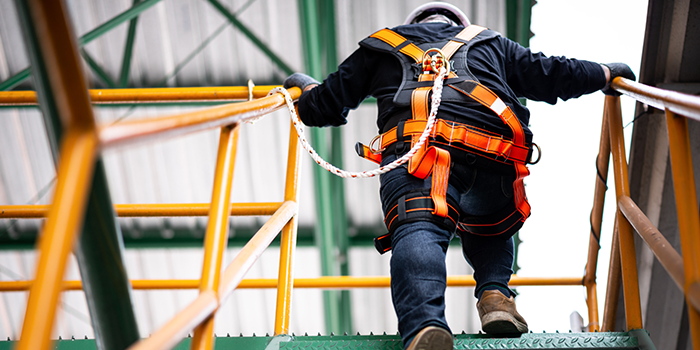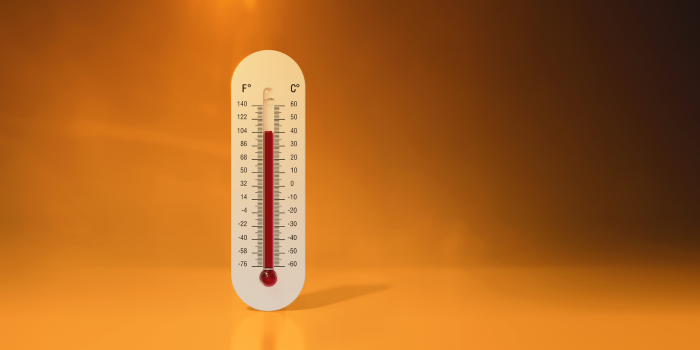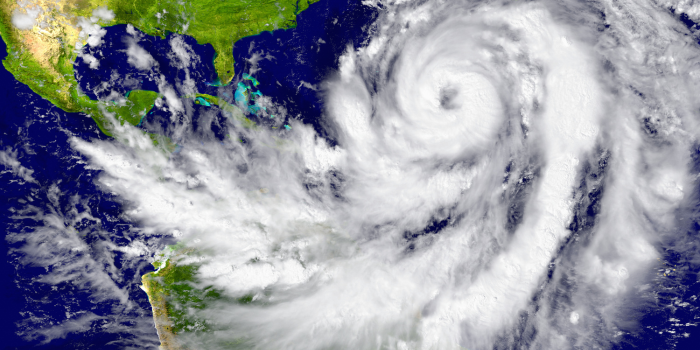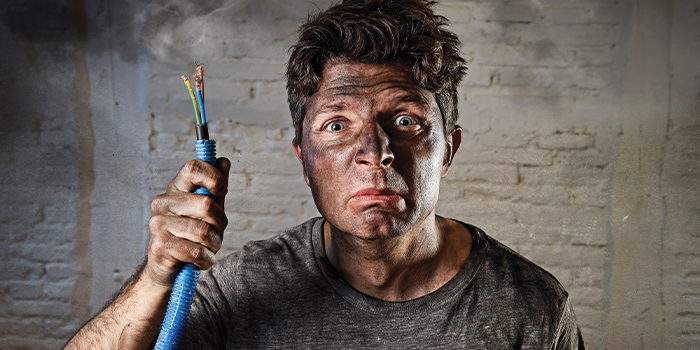Spray Foam Industry Fights Coronavirus
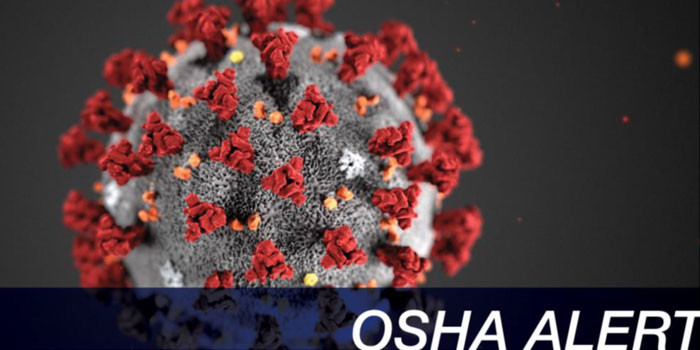
WASHINGTON, D.C. – March 16, 2020 – At this time, the U.S. Centers for Disease Control and Prevention (CDC) emphasizes that, while the novel coronavirus, COVID-19 poses a potentially serious public health threat, the risk to individuals is dependent on exposure. For most people in the United States, including most types of workers, the risk of infection with COVID-19 is currently low.
How does COVID-19 Spread?
Although the ongoing outbreak likely resulted originally from people who were exposed to infected animals, COVID-19, like other coronaviruses, can spread between people. Infected people can spread COVID-19 through their respiratory secretions, especially when they cough or sneeze. According to the CDC, spread from person-to-person is most likely among close contacts (about 6 feet). Person-to-person spread is thought to occur mainly via respiratory droplets produced when an infected person coughs or sneezes, similar to how influenza and other respiratory pathogens spread. These droplets can land in the mouths or noses of people who are nearby or possibly be inhaled into the lungs. It’s currently unclear if a person can get COVID-19 by touching a surface or object that has the virus on it and then touching their own mouth, nose, or possibly their eyes.
Given what has occurred previously with respiratory diseases such as MERS and SARS that are caused by other coronaviruses, it is likely that some person-to-person spread will continue to occur.
There is much more to learn about the transmissibility, severity, and other features associated with COVID-19, and investigations are ongoing.
Workers Who May Have Exposure Risk
Despite the low risk of exposure in most job sectors, some workers in the United States may have exposure infectious people, including travelers who contracted COVID-19 abroad. Workers with increased exposure risk include those involved in:
- Healthcare (including pre-hospital and medical transport workers, healthcare providers, clinical laboratory personnel, and support staff).
- Deathcare (including coroners, medical examiners, and funeral directors).
- Airline operations.
- Waste management.
- Travel to areas, including parts of China, where the virus is spreading.
Identifying Potential Sources of Exposure
OSHA standards, including those for personal protective equipment (PPE, 29 CFR 1910.132) and respiratory protection (29 CFR 1910.134), require employers to assess the hazards to which their workers may be exposed.
In assessing potential hazards, employers should consider whether or not their workers may encounter someone infected with COVID-19 in the course of their duties. Employers should also determine if workers could be exposed to environments (e.g., worksites) or materials (e.g., laboratory samples, waste) contaminated with the virus.
Depending on the work setting, employers may also rely on identification of sick individuals who have signs, symptoms, and/or a history of travel to COVID-19-affected areas that indicate potential infection with the virus, in order to help identify exposure risks for workers and implement appropriate control measures.
The Control and Prevention page provides guidance for controlling exposures among workers with risk.
Additional Information
The CDC provides information about risk assessment for COVID-19.
Prevent Worker Exposure to Coronavirus (COVID-19)
The novel coronavirus (officially called COVID-19) is believed to spread from person-to-person, primarily through respiratory droplets produced when an infected person coughs or sneezes. The virus is also believed to spread by people touching a surface or object and then touching one’s mouth, nose, or possibly the eyes.
Employers and workers should follow these general practices to help prevent exposure to coronavirus:
- Frequently wash your hands with soap and water for at least 20 seconds.
- If soap and running water are not available, use an alcohol-based hand rub that contains at least 60% alcohol.
- Avoid touching your eyes, nose, or mouth with unwashed hands.
- Avoid close contact with people who are sick.
Employers of workers with potential occupational exposures to coronavirus should follow these practices:
- Assess the hazards to which workers may be exposed.
- Evaluate the risk of exposure.
- Select, implement, and ensure workers use controls to prevent exposure, including physical barriers to control the spread of the virus; social distancing; and appropriate personal protective equipment, hygiene, and cleaning supplies.
For the latest information on the symptoms, prevention, and treatment of coronavirus, visit the Centers for Disease Control and Prevention coronavirus webpage.
For interim guidance and other resources on protecting workers from coronavirus, visit OSHA’s COVID-19 webpage.
Disqus website name not provided.



